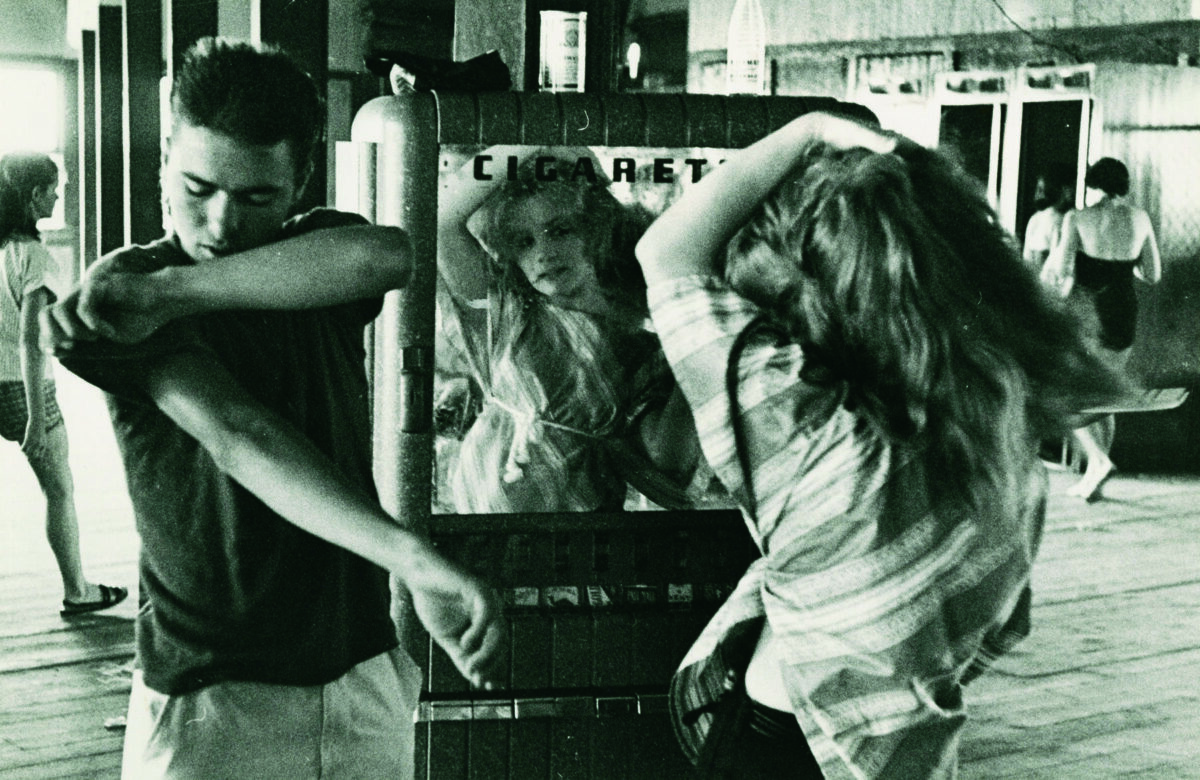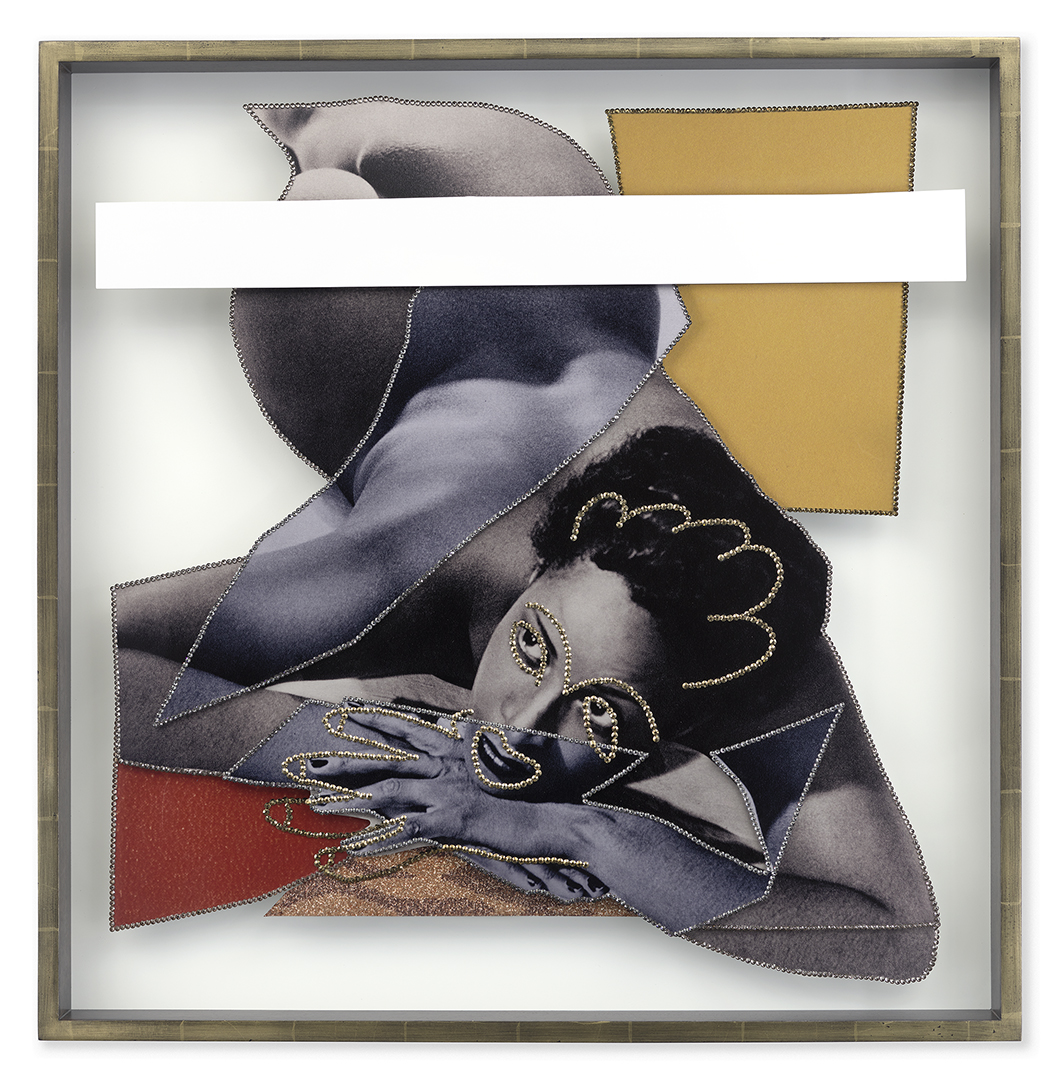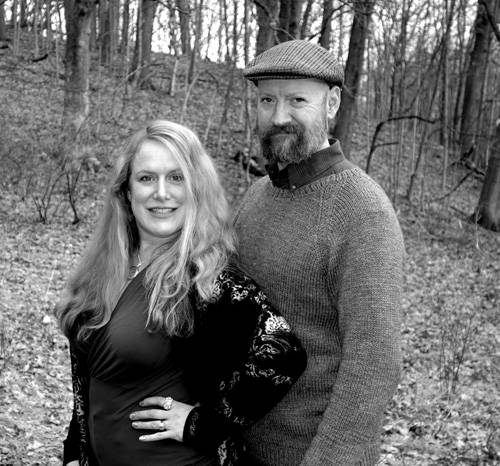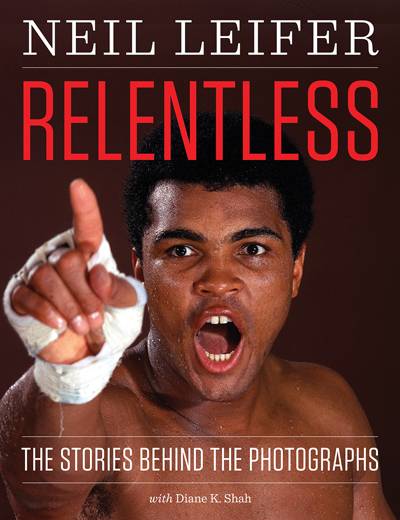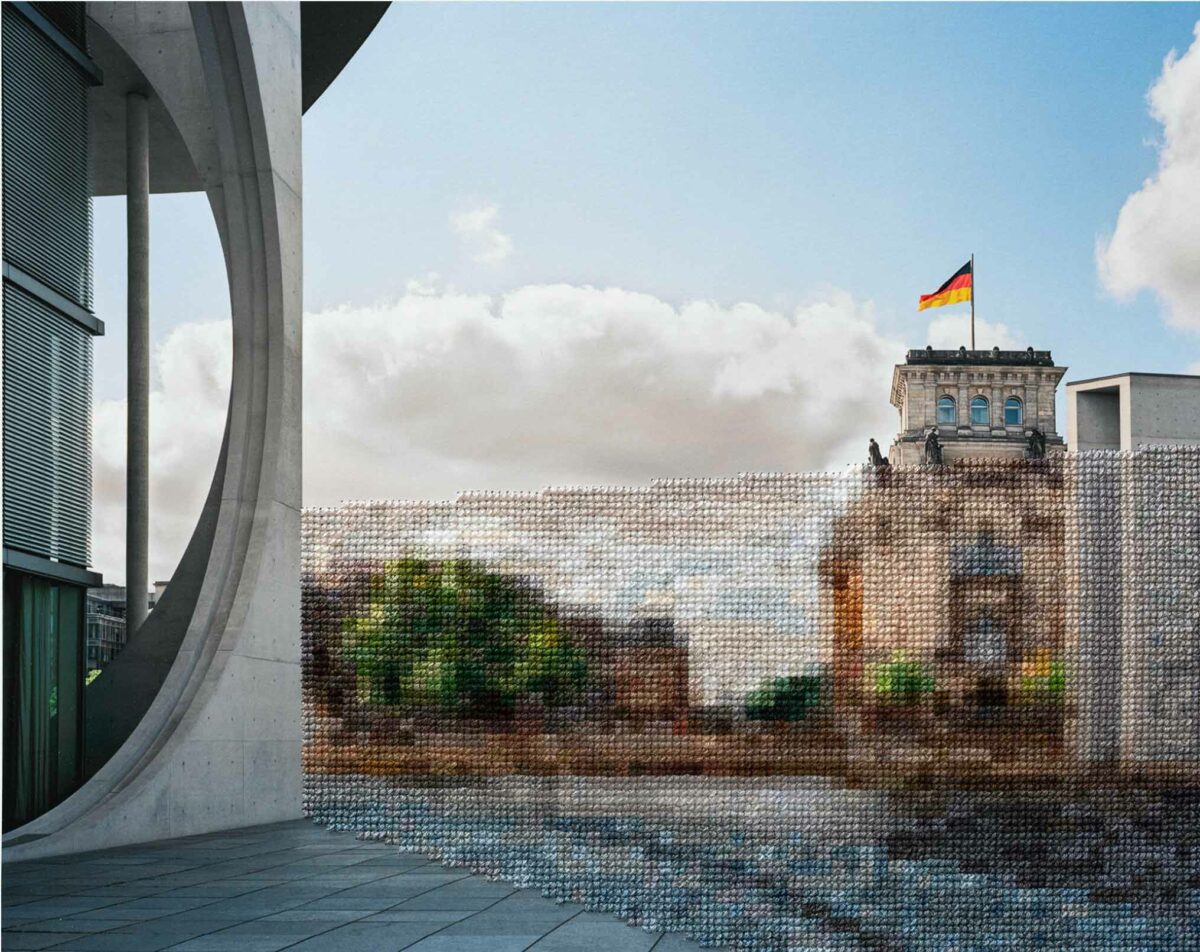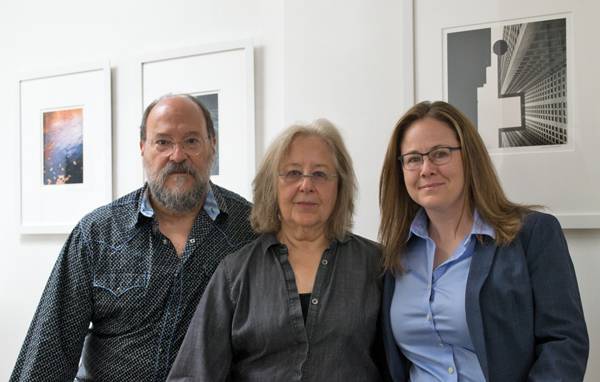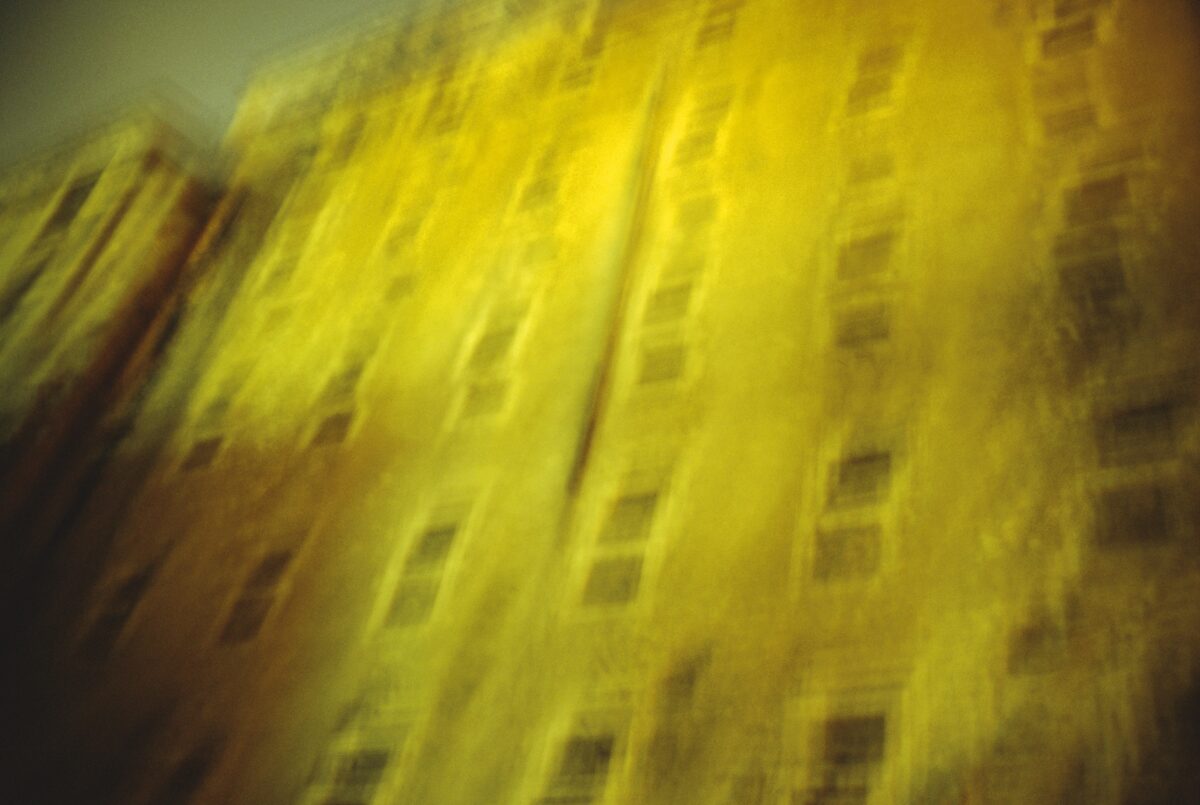For photographers, there may be only two ways of approaching the world, two ways of being, and both are equally fraught. One is to analyze, the other to empathize. One registers conditions, concatenations, the fortuitous organization of things. The other immerses, collaborates, acknowledges an exchange. The first risks banality, the second bathos. Which risk is the greater? For Bruce Davidson, it has never been a question: photography is always a means of human engagement, “to make visible what appears to be invisible,” as he has said. His innate humanism, so inspiring to the generation of American photographers who followed him, is on display in two New York exhibitions and a three-volume compendium of his work from Steidl. Bryce Wolkowitz Gallery presents a mini retrospective of some 50 years of work (November 6–December 19), with images from his most important projects, includingCircus, Brooklyn Gang, Subway, and Time of Change, his photographs of the Civil Rights movement. Howard Greenberg Gallery, which represents Davidson’s fine art photographs, has recreated the original exhibition from Davidson’s most famous series, East 100th Street(November 5–January 2), following the selection made originally by John Szarkowski, the late curator of photography at the Museum of Modern Art, for a show at MoMA in 1970. By the time Davidson began shooting the series in 1966, the photo essay had been a journalistic staple for decades. But as Howard Greenberg points out, Davidson had something else in mind: “He worked on his own, not on assignment; he wanted the essay to be an expression of his vision.” He shot from the heart, and our cover photo reveals just how he worked. He was an outsider and a representative of the very society that paid little attention to the people whose lives he profiled, so he spent the time on East 100th Street to gain their trust. Bryce Wolkowitz calls it “Davidson’s street credibility.” Maybe more important, he gave his subjects their space. The family on our cover is centered and self-supporting, framed by the vanishing point of the street. The parents are anxious and real, the kids stick thin and funny. You want to jump to conclusions about Spanish Harlem, draw lessons about poverty, but the pictures themselves never quite allow it. They insist that notions like justice, equality, tolerance, and love all begin in the particular. To generalize, as William Blake remarked, is to be an idiot. Davidson took significant heat for these photographs, just one salvo in the ongoing attack on so-called documentary photography—as exploitive, liberally presumptive, aestheticizing, and conscience-salving. No one, including the photographer, would ever deny that he and the people he immortalized occupied different worlds. But if making “the other” visible is a transgression, there is something far worse: finding ourselves beyond the point where these profound evocations of being and circumstance have the power to move us to true sympathy.
Categories





